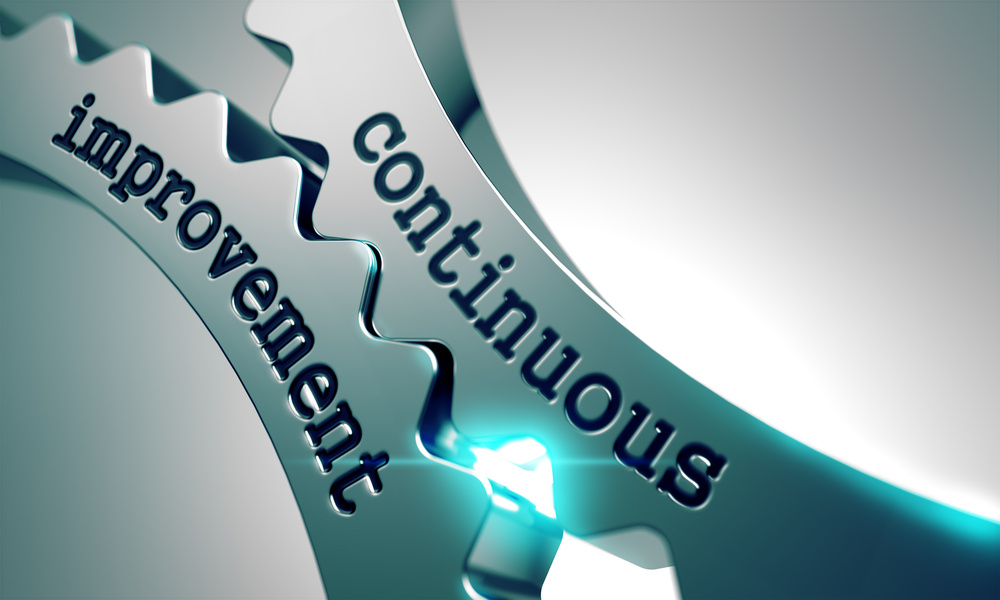Understanding Continuous Improvement
Continuous improvement refers to the ongoing effort to improve products, services, or processes incrementally. It involves constantly seeking opportunities for improvement and making small, continuous changes to achieve operational excellence.
The application of continuous improvement methodology in a business setting can lead to enhanced efficiency, quality, and customer satisfaction. By fostering a culture of continuous improvement, organizations can stay competitive in a rapidly evolving market.
The key principles of continuous improvement methodology include a focus on customer value, data-driven decision-making, employee empowerment, and a systematic approach to problem-solving.
Implementing Continuous Improvement Process
The steps involved in the continuous improvement process typically include identifying opportunities for improvement, analyzing current workflows, implementing changes, and evaluating the results. Project management plays a crucial role in supporting these continual improvement efforts by providing structure, accountability, and tracking mechanisms.
Tools such as value stream mapping, Kanban boards, and Lean methodologies can be utilized to implement continuous improvement in the supply chain. These tools help visualize workflows, eliminate waste, and streamline processes to enhance overall efficiency.
Continuous Improvement Models
The PDCA (Plan-Do-Check-Act) continuous improvement model involves a four-step iterative process of planning, executing, evaluating, and implementing changes based on feedback. Six Sigma, on the other hand, focuses on reducing defects and variability in processes to achieve higher quality standards.
While Lean methodology aims at eliminating waste and optimizing flow, continuous improvement is a broader concept that encompasses a culture of ongoing enhancement across all aspects of an organization.
Measuring Improvement Progress
Value stream mapping is a valuable tool for measuring improvement efforts by visually representing the flow of materials and information across the supply chain. Total quality management plays a significant role in evaluating continuous improvement by emphasizing the importance of customer satisfaction and continuous process enhancement.
Identifying and addressing root causes of inefficiencies in the supply chain are critical steps in driving sustainable improvement over time. This involves conducting root cause analyses and implementing corrective actions to prevent recurring issues.
Continuous Improvement Tools and Techniques
Common tools used in continuous improvement projects include Pareto charts, process maps, and control charts to analyze data and identify improvement opportunities. Kanban boards support continuous process improvement by visualizing workflows, identifying bottlenecks, and promoting a steady workflow.
The Kaizen philosophy, which focuses on making small, incremental improvements over time, is instrumental in driving continuous enhancement within organizations. By fostering a culture of continuous improvement and implementing the right methodologies and best practices, businesses can achieve sustained growth and excellence.
Embrace Continuous Improvement with Visigistics
At Visigistics, we understand that the journey to operational excellence is continuous and ever-evolving. Embracing continuous improvement is not just about enhancing processes—it's about building a resilient, competitive, and forward-thinking organization.
Are you ready to transform your supply chain and logistics operations? Let Visigistics guide you through every step of the continuous improvement process. Our expert consultants will help you:
- Identify and seize opportunities for improvement.
- Implement proven methodologies like Lean, Six Sigma, and PDCA.
- Empower your team to drive sustainable change.
- Utilize powerful tools such as value stream mapping and Kanban boards.
Join the ranks of industry leaders who have harnessed the power of continuous improvement to achieve superior efficiency, quality, and customer satisfaction.
Take the first step towards operational excellence today. Contact us today and let's build a culture of continuous improvement together.
Frequently Asked Questions
Q: What is the kaizen methodology and how does it apply to continuous improvement?
A: Kaizen is a Japanese term that translates to "continuous improvement." It involves making small, gradual changes to processes to achieve improvements over time. Kaizen methodology is a key component of applying continuous improvement to supply chains.
Q: What are the benefits of continuous improvement in supply chain management?
A: Continuous improvement in the supply chain can lead to enhanced efficiency, reduced costs, improved quality, increased customer satisfaction, and better overall business performance.
Q: How does process improvement relate to continual improvement in supply chain processes?
A: Process improvement activities, such as analyzing and optimizing workflows, contribute to the broader goal of continual improvement in supply chain processes. It involves identifying and implementing changes to enhance efficiency and effectiveness.
Q: What role does project management play in supporting continuous improvement initiatives?
A: Project management is essential for driving continuous improvement projects within the supply chain. It helps plan, execute, and monitor improvement efforts, ensuring that initiatives are implemented successfully and deliver desired results.
Q: How does the PDCA (Plan-Do-Check-Act) cycle contribute to continuous improvement practices?
A: The PDCA cycle is a structured method for problem-solving and implementing change. By following the steps of planning, doing, checking, and acting, organizations can continuously iterate and improve processes within the supply chain.
Q: What is the role of Six Sigma in continuous process improvement within the supply chain?
A: Six Sigma is a data-driven approach for improving the quality of processes. By using statistical methods and tools, organizations can identify and eliminate defects, making it a valuable methodology for achieving continuous improvement in supply chain operations.
Q: How can companies use continuous improvement methods to achieve continuous delivery of products or services?
A: Companies can use continuous improvement methods, such as lean manufacturing principles and agile methodologies, to streamline processes and eliminate bottlenecks. This enables them to deliver products or services continuously and efficiently to meet customer demand.





